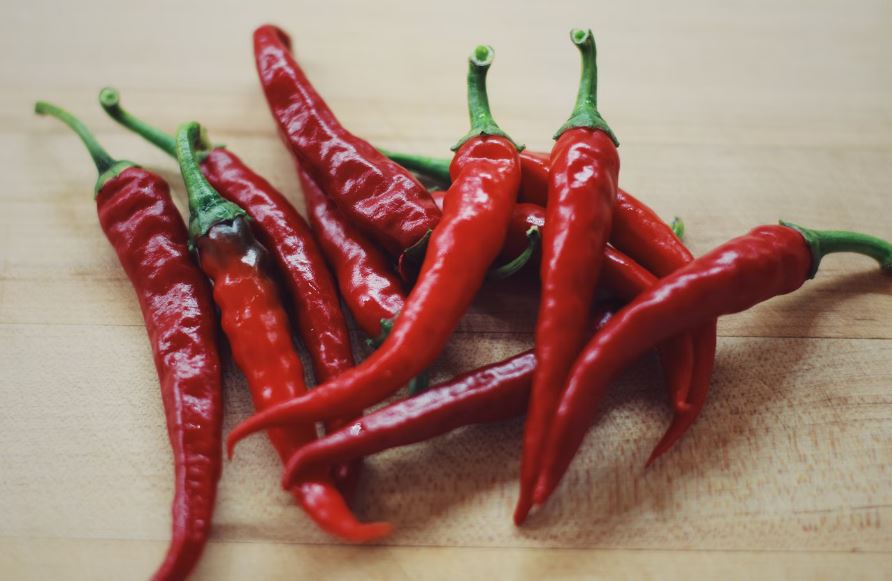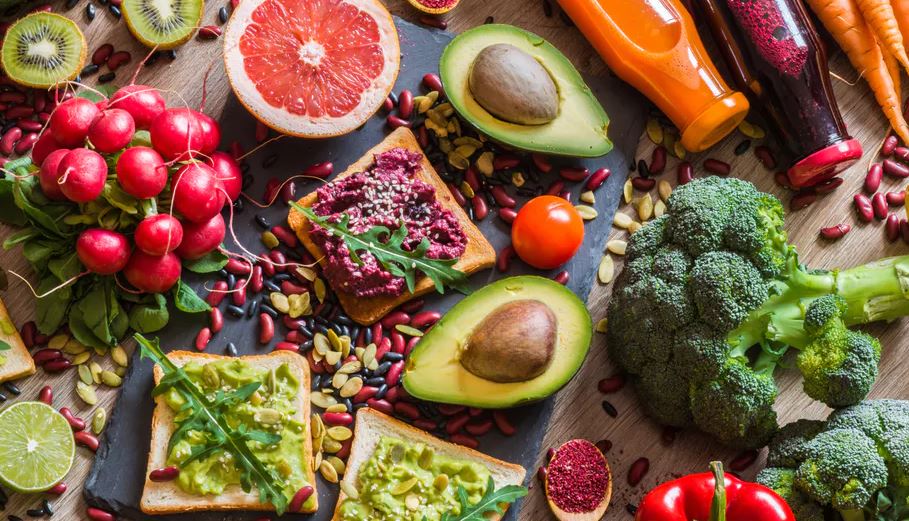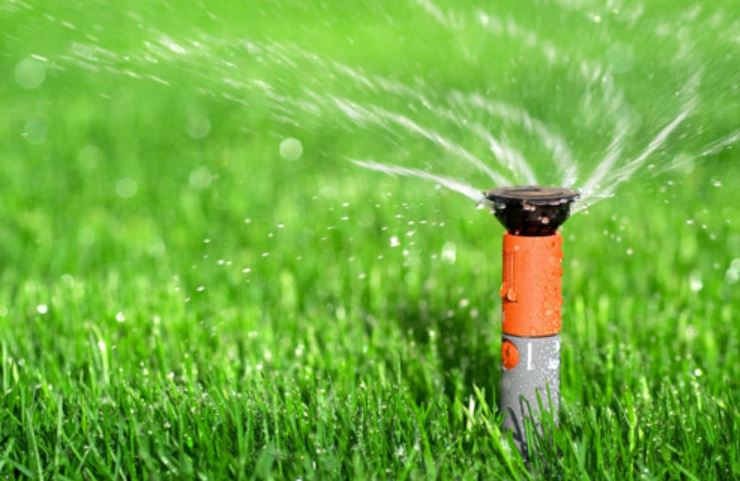There are many types of peppers, crispy and sweet, small and spicy, for our choice. No matter you choose to buy seed to grow or just from seedlings, you can grow a variety of peppers in your backyard. Below are the main tips of planting peppers, including preparation, planting process and how to care for peppers.

Preparation
- Choose a type of pepper. There are so many varieties of peppers on the market that you can choose which one to grow based on their size, color, and how spicy you want them to be.
Bell peppers, also called sweet peppers, are the mildest of all peppers. Bell peppers come in red, orange, yellow, and green, and are generally about the size of a fist. It can be eaten raw or as a seasoning.
There are also many different types of red peppers. The softest of the peppers is the arakan pepper, but other popular varieties include jalapenos and chipotle peppers.
- Pick a small area in the garden. Choose an area with plenty of sunlight and good drainage.
You’ll get the largest peppers in full sun, but they can also be grown in a little shade. But avoid planting peppers in places that don’t have any sunlight.
If the soil in your yard is hard or tends to fill with water when it rains, it is best to build an elevated seed bed for growing peppers.
- Use soil tester to test the pH (acidity) of the soil. Peppers are best grown in soils with a pH of 6.2 to 7.0. However, it can also be grown in soils with a higher pH, as peppers can grow in slightly alkaline soils.
If your soil is highly acidic, add a little limestone or grass ash to neutralize the pH. If your soil is more alkaline, adding pine needles or peat moss can neutralize the pH.
- Loosen the soil. Mix fertilizer into the soil, remove stones, and loosen large clods.
Fertilizers include fishmeal, chicken manure, or pre-mixed fertilizers available at your local garden center.
Remove all weeds by hand to keep them from overrunning your pepper fields.
DYI Tips:
If you choose to buy seedlings to grow, choose darker ones with strong stems. Do not buy peppers that are already bearing fruit, as they may bear less fruit in the future.
You can create a circle of cardboard around the stem of each plant to protect against sugar moths.
Crop rotation and planting resistant varieties are the best defenses against pests and diseases.
If the weather is cold and humid, place the seedlings in a warm hood.
Note:
High temperatures over 32 degrees Celsius are extremely harmful to peppers. Therefore, it is best to choose an area with other tall plants when planting, so that the shade of the tree can cover the peppers during the high temperature period.



